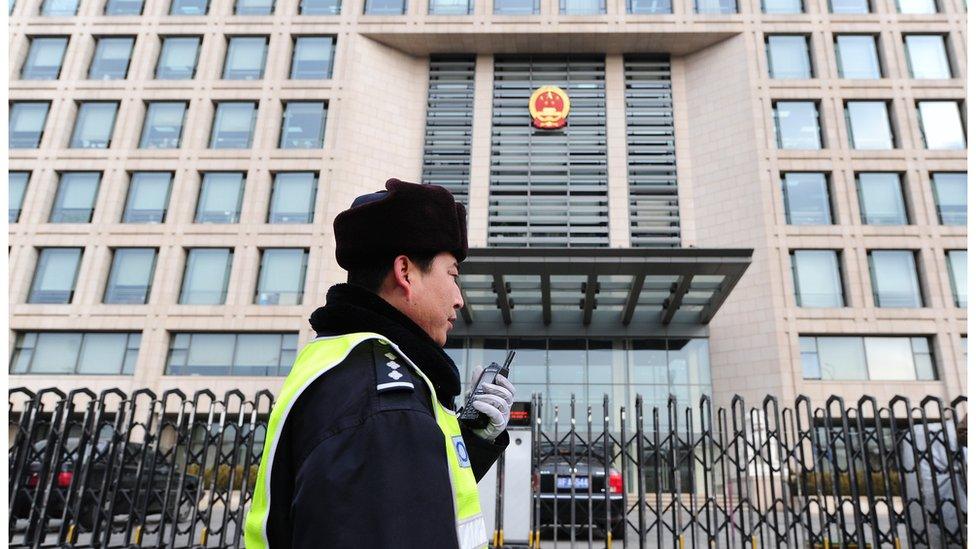Radio technology has drastically reshaped global communication, but its early adoption in China faced numerous challenges. From technical limitations to government policies, China’s initial journey with radio was marked by obstacles that hindered its widespread use. However, these challenges also set the stage for future advancements that would eventually position China as a global leader in telecommunications. This article explores the early limitations of radio technology in China and how these obstacles were eventually overcome.
1. Technical Limitations
Lack of Advanced Equipment
In the early 20th century, radio equipment was rudimentary and bulky, requiring large power sources, which made it impractical for widespread use. This hindered its application in military operations, rural areas, or mobile contexts.
Limited Range and Signal Quality
Short transmission ranges, poor signal quality, and interference from natural elements like atmospheric disturbances were constant issues, especially in China’s diverse geography. These limitations made establishing reliable communication networks a challenge.
Dependence on Analog Technology
Analog radio technology was prone to noise and interference, limiting transmission clarity and security. The reliance on outdated technology prevented radio from meeting the growing demands of civilian and military sectors.
2. Policy and Regulatory Challenges
Government Control
In the early years, radio communication was tightly controlled by the government, with only military and government entities having access. This limited its potential for civilian use, stifling the growth of radio networks for public communication.
Lack of Standardization
The absence of standardized frequencies and protocols created chaos, leading to interference and inefficient radio systems. The lack of coordination made it hard to establish a cohesive national radio infrastructure.
Censorship and Security
Radio technology posed a security threat, leading the government to implement strict censorship. These policies slowed the adoption of radio and hindered innovation, particularly in civilian sectors.
3. Economic Constraints
High Costs of Implementation
Early radio equipment was expensive to import, and local production was limited. The high costs deterred both public and private investment, especially in economically disadvantaged regions.
Underdeveloped Infrastructure
China's infrastructure, particularly in rural areas, was underdeveloped, making it difficult to implement the necessary communication networks. Without the supporting infrastructure, radio communication couldn't be deployed effectively.
Dependence on Foreign Technology
Early radio technology in China was heavily reliant on imports. This created a vulnerability in the supply chain and limited China’s ability to independently develop its own technological innovations.
4. Human Resource and Educational Barriers
Shortage of Skilled Professionals
Radio technology requires a skilled workforce for its operation, maintenance, and innovation. In China, there was a significant shortage of trained professionals in the early years, hindering the effective use of available resources.
Limited Educational Resources
The educational system lacked the infrastructure to train specialists in radio engineering or telecommunications. As a result, China struggled to develop a local talent pool capable of advancing radio technology.
5. Social and Cultural Obstacles
Limited Public Awareness
During the early introduction of radio, many Chinese citizens had little understanding of its applications and benefits. This lack of awareness slowed the adoption and integration of radio technology.
Cultural Resistance
In rural areas, traditional cultural practices and skepticism about new technology created resistance to radio communication, further delaying its acceptance.
6. Geopolitical and International Factors
Technological Embargoes
Western powers occasionally imposed technological embargoes on China, restricting access to advanced radio equipment and expertise. These embargoes stifled technological progress and delayed China’s development in radio communications.
Global Competition
As nations around the world competed for technological dominance, China struggled to keep up with developments in radio technology due to limited resources and infrastructure.
Conclusion
The early adoption of radio technology in China faced numerous hurdles, including technical, policy, economic, and social barriers. Despite these challenges, China’s commitment to innovation eventually led to the overcoming of these limitations. Today, China stands at the forefront of global telecommunications, drawing lessons from its early experiences to lead in modern communication technologies.


















































